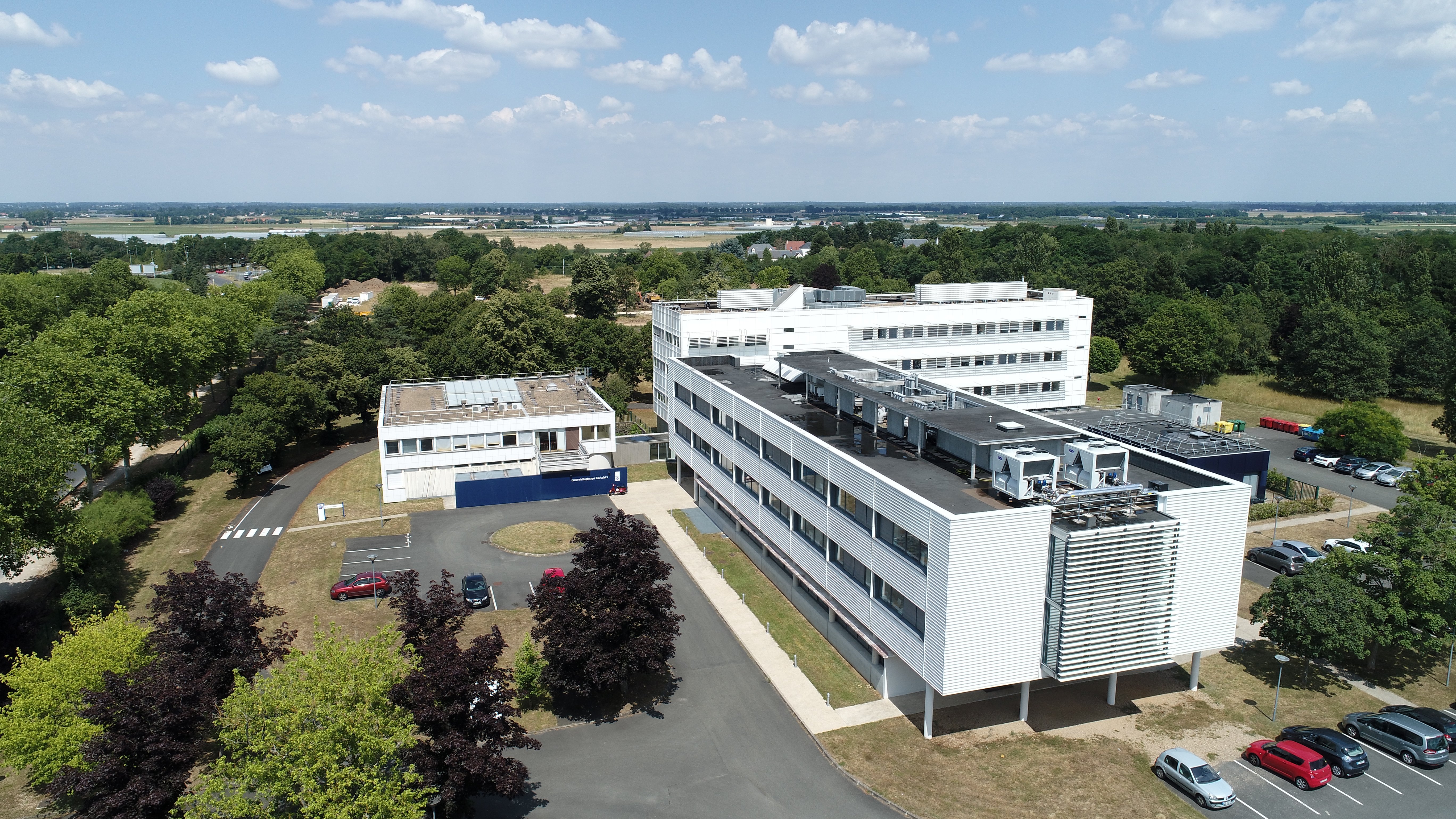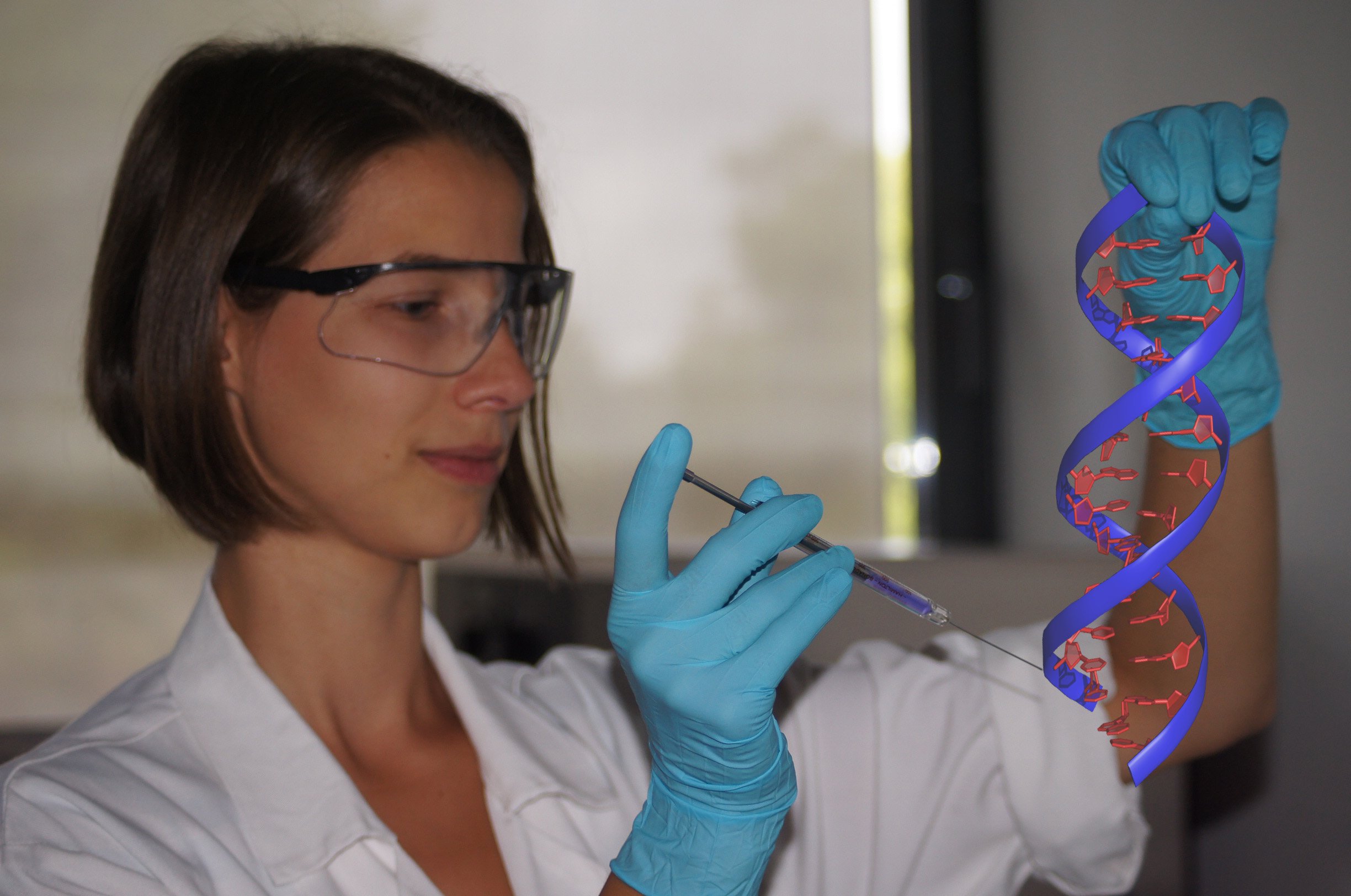Presentation
The CBM, founded in 1967 by Charles Sadron, brings together physicists, chemists and biologists and focuses its research on understanding the molecular basis of life.
At the interface between physics, chemistry and biology, its researchers contribute to understanding the structure, dynamics and interactions of biological macromolecules at different levels: in vitro and in silico, but also in cellulo and in vivo.
This approach naturally drives to uncover the molecular origins of the dysfunctions that lead to the development of certain diseases. Research projects cover structural, molecular and cellular biology, chemobiology, biomedical imaging, exobiology and theoretical biophysics. This scientific diversity is an important feature of the CBM.
The CBM has a wide range of instruments dedicated to this multidisciplinary research. The presence of state-of-the-art equipment in liquid NMR, mass spectrometry, optical spectroscopy, cellular and preclinical imaging, etc., combined with diverse technical and scientific expertise within the same laboratory, makes the CBM a unique place to study fundamental questions in biology from an interdisciplinary perspective.

RESEARCH AREAS
Organised in 4 research departments, the researchers of CBM are working in the following areas
CHEMISTRY AND IMAGING
Inorganic and organic chemistry are used to design and synthesize imaging agents as new diagnostic tools. These agents are metal-based optical, PET, SPECT and MRI probes that will specifically target biomarkers of pathologies. Novel agents based on single molecules or nanometric objects with multimodal and theranostic capabilities are also being developed, with the aim of using new imaging approaches to characterize preclinical models of disease.
THERAPEUTIC TARGETS AND INNOVATIONS
Fundamental studies are conducted to discover molecular mechanisms and signalling pathways deregulated in various pathologies, thus enabling the identification of new therapeutic targets. New pathology biomarkers are researched on patient in collaboration with university hospitals. Innovative therapeutic strategies based on biomolecules (nanobodies, affibodies, nucleic acids) are developed and optimized through the use of chemobiology.
BIOMOLECULAR ENGINEERING
This theme brings together a number of research areas enabling the optimization and exploitation of biomolecules or more complex living systems to gain a deeper understanding of biological processes and develop innovative applications. These include: the development of riboswitches for synthetic biology, monitoring the various post-translational modifications of therapeutic antibodies, and the development of a chemical toolbox for the creation of proteins that can be modified at specific sites by combining chemical synthesis and recombinant production, the development of new organoid models under controlled microenvironments, and the custom production of biosensors based on living yeast.
FUNDAMENTAL MECHANISMS OF LIFE
This theme is explored through a range of research topics: understanding the functional consequences of post-translational modifications of proteins, the study of transcriptional mechanisms of transcription termination, the impact of pesticides and the emergence of life under extreme conditions.
VECTORIZATION AND FORMULATION
New ionizable lipids, traceable by imaging and injectable nanoparticles as well as injectable and controllable nanoparticles targeting specific cells or organelles are being developed for the innovative formulations using microfluidics.
An autologous protein bioproduction project is underway to develop an effective and innovative therapy for human inflammatory diseases.
